How The Sims became one of the biggest PC games ever
The chaos and the calm
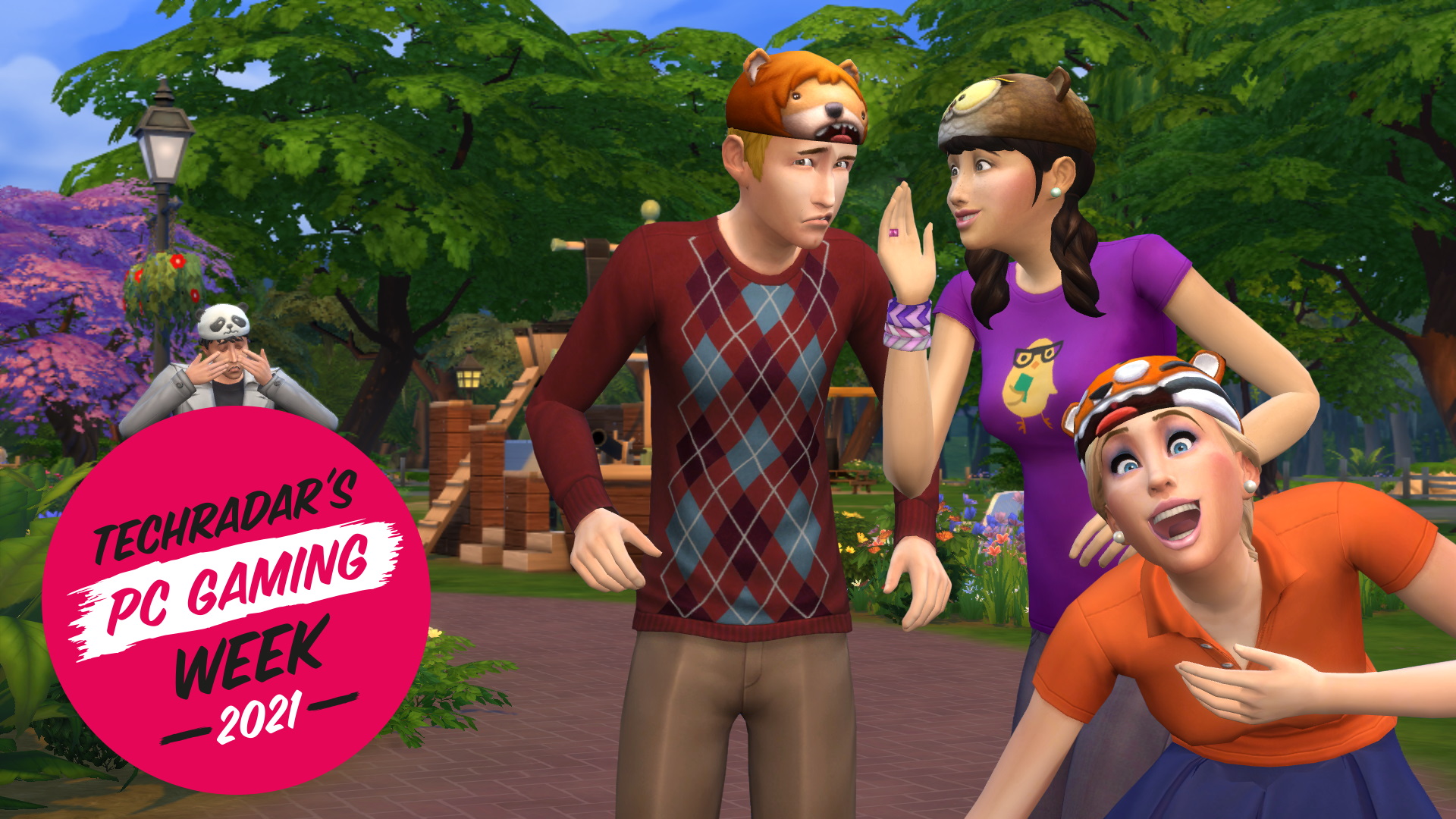
Ah, the 2000s – a decade where Boy Bands expertly rose from bar stools in white suits, and the gaming world collectively mourned the loss of Lara Croft to the tombs she raided. While us 90s babies were singing Destiny’s Child songs about bills we didn’t have to actually pay for yet, collecting them soon became part of our daily lives as Maxis’ iconic PC game, The Sims, flew into our disc drives into the early millennium.
The Y2K panic may have been over, yet unsupervised Sims around an oven certainly replaced that fear. Back in the late 80s, Will Wright created SimCity – a city simulator which allowed players to create and run their own metropolis. SimCity became its own successful franchise, however when Will Wright decided to take a look at the people inside the office blocks and power plants, The Sims was born.
Sure, there had been other simulation games on the market; you could argue that Bullfrog’s Theme Hospital widened its focus to people in some aspects, but it still dealt primarily with the building and running of a hospital. Yet, The Sims gives you complete control over individuals, helping to shape their lives, loves and futures. It also brought in a new audience to PC gaming and made its mark on pop culture with a generation understanding in-game references, even if they hadn’t played it.
Over an incredible 21 year period, the franchise has been catapulted onto many different formats: from your old school flip phone to the PlayStation 2, Nintendo DS and more, and The Sims took the world by storm. However, the best way to play God is still on PC.
Even now, many Simmers play the same; three fingers hovering over ‘1,2,3’ on the keyboard and the other hand on the mouse, ready to dart around the screen and queue commands for your Sims to follow.
As the disc whirred, you were greeted with the familiar jingle upon start-up. With a smile, you hit play and watched the loading screen whizz by with witty side scrolling messages, and were soon (depending on the speed of your PC) welcomed into the neighbourhood with the iconic sounds of The Sims’ Bossa Nova soundtrack.
Six of the ten lots in the base game’s neighborhood were pre-built homes ready to move into, and staring at the lush greens and the roaring waters of the town served as the backdrop for one of the best-selling and iconic PC games of all time.
Get daily insight, inspiration and deals in your inbox
Sign up for breaking news, reviews, opinion, top tech deals, and more.
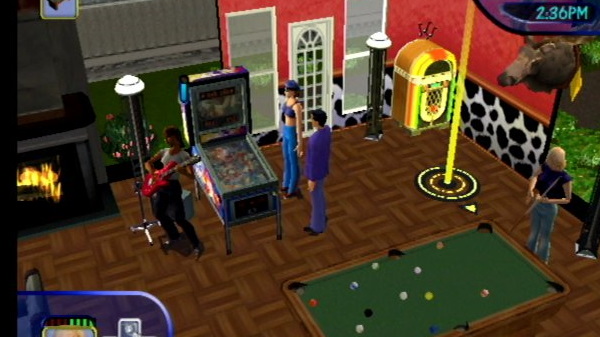
Welcome, Newbie
A glowing red arrow pulses over 7 Sim Lane at The Newbies abode, inviting you ‘to learn how to play the game’. You’re somewhat welcomed with a belch from Bob Newie, patting his stomach as he stands in his kitchen. You move through the tutorial by following the instructions, while you command both him and his wife Betty to perform various tasks in their home.
§20,000 Simoleons (the in-game currency) were given to every player for you to either buy or build and furnish the house of your dreams. If there wasn’t enough in the kitty for you to buy that heart-shaped hot tub, everyone’s favourite cash-grabbing cheat could be entered by pressing Ctrl + Shift + C with a smug smile. Ten points to you if you can remember the original cheat; and no, it’s not ‘Rosebud’ - you’ve all been lied to.
How the word of The Sims cheats swept through schools with minimal access to dial-up internet at that time, we’ll never know, however we’ve been eternally grateful ever since. Yet playing without a helping hand offered a challenge if you had an expensive taste; suits of armour to adorn your halls weren’t exactly cheap in this game.
For younger players, The Sims demonstrated responsibility and consequence. If your Sim’s Plumbob, the icon above their head, changed from green to red, there was a specific reason. A glance at the needs bar would illustrate what your Sim required; whilst the ‘Bladder’ bar could bring both incontinence and embarrassment, abusing the ‘Hunger’ bar could lead your Sim to an early grave; just two of many elements that can still be found within the franchise today.
Skills that pay the bills
Of course, needs weren’t the only danger within the neighborhood. The Sims introduced a few antagonists from the get-go; and they weren’t always human. With public enemy number one typically being a pesky burglar wanting that flatscreen TV, other adversaries could simply be put down to your Sims’ lack of skills.
We quickly learned that even the most basic of tasks posed a threat. Cooking without any of the appropriate skill points would soon set the entire kitchen ablaze, while repairing the TV without the mechanical skill could send them into a flurry of sparks. The first evening within any household would typically show a Sim with their head buried in a book to learn some new skills - as accidents could get pretty expensive.
Gaining skill points would help your Sims further their careers as some promotions could be obtained with the more they studied. Expansion packs began to be introduced, with Livin’ It Up being released that same year, and each one brought new career paths along with many new items, skins and locations.
However, when Superstar, the penultimate expansion, was released in 2003, the spotlight was turned on some of the skills you may have neglected while playing the game.
Spending time honing your Sim’s creativity and charisma skills after a cringeworthy performance in front of Christina Aguilera in Studio Town would turn their vocal cords from a bag of cats being swung violently in an alley, to a voice that could make the strongest of people weep with ‘Thonsivee’, a true ballad for the ages. And no matter how much you try to kid yourself, you’ll still be able to sing ‘Glabe Glarn’ word for word to this day.
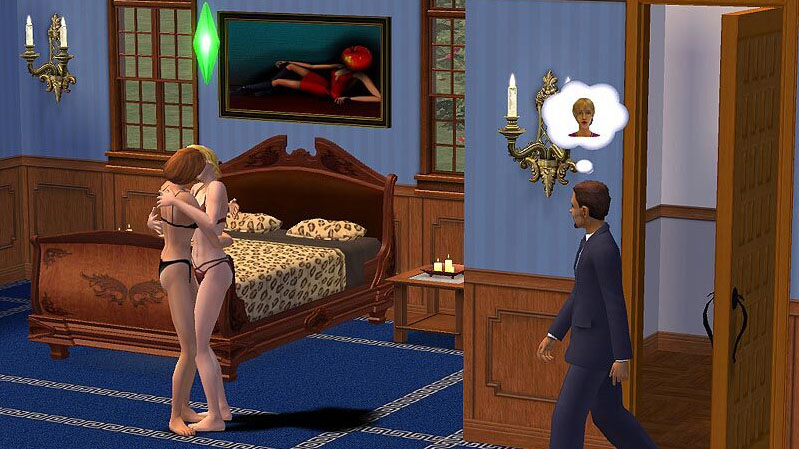
‘Sul Sul!’
One of the most iconic parts of The Sims was its unique language of Simlish. Using the English language would cause Maxis to run into a few problems; mainly repetition. With so many hours expected to be sunk into the game, it simply wasn’t plausible to record thousands of phrases, especially as in those days the game came on CD, with limited storage space. To save both gamers' and developers' sanity, Simlish was created to distract from overuse of the same sentences.
The main voices in the game were from Stephen Kearin and the late, and exceptionally great, Gerri Lawlor. The duo improvised in the sound booth, using their talents to make a fictional language sound conversational. A language that’s surprisingly understood within The Sims community.
The Sims was a sure-fire hit, and a cultural milestone as well, so it was inevitable that a sequel would be in the works. A mere four years and seven expansion packs later, The Sims 2 burst onto our screens, so we said 'Sul Sul' (Simlish for goodbye) to the original game.
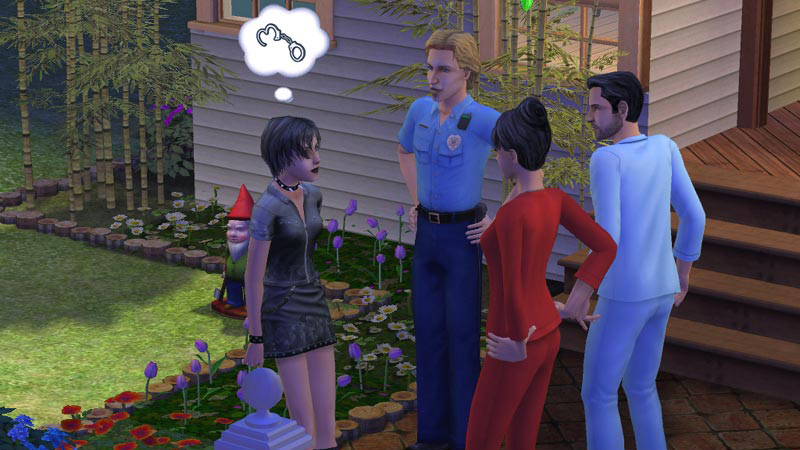
Out with the old, in with the new
Long gone were the days of expressionless conversation, builds on two floors and hybrid graphics - with The Sims 2, we had more control over our Sims than ever before.
We were now able to view our Sim’s environments in full 360 degrees, and we also got free zoom, as opposed to the three preset zoom controls and four 90 degree fields of view that we’d been limited to with the first game. Being able to place a door or window on a diagonal wall was a thought that players could only ever have dreamed of only four years prior, but The Sims 2 introduced that ability as well, to the excitement of many players... look, it was a simpler time back then, OK?
Sims were now also generational; in the The Sims 2, a lifespan could be seen through right from birth to death; families could now become pregnant and have babies - both human and alien. Elders could become grandparents and you could attempt to carry on the family name for as many generations as you could.
The Sims 2 also blew us away with full customisation. We could now select body types, we had more variety in skin tone and every feature on your Sim’s face could be altered. It was certainly a far cry from cycling through different heads and outfit skins in the original.
Wants and needs were added as another new feature to the game, humanising your Sims that little bit more. With so many changes made, Maxis continued to blur the line of fantasy and reality. Once selected, it was time to create a new life for yourself in more ways than one.
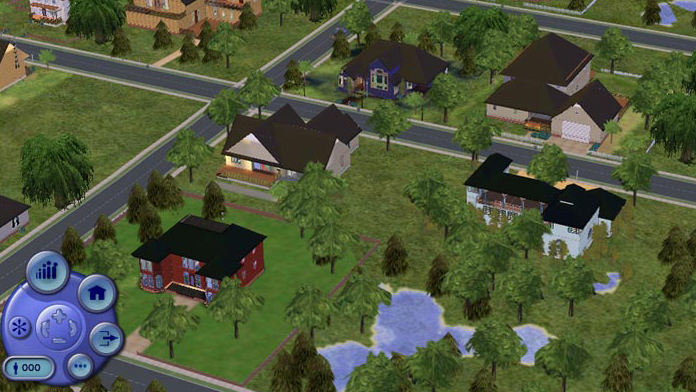
The pitter patter of little feet
An expanded selection of items were not the only new features on the block; shock swept through MSN messenger as your Sims were now able to WooHoo and not just to create new life.
Some Sims made sure their needs were fulfilled in more ways than one by having said activity in their wants bar. If you heard bells after an awkward cinematic of your Sim’s bed rocking, it signified that a little bundle of joy was coming.
Then, in just over three Sim days, the expectant mother clutched her swollen belly and with a spin found herself with a baby or two in her arms - if only it were that easy in real life. However, in true Sims style, alien abduction was featured as an alternate way for male Sims to get pregnant. Naturally.
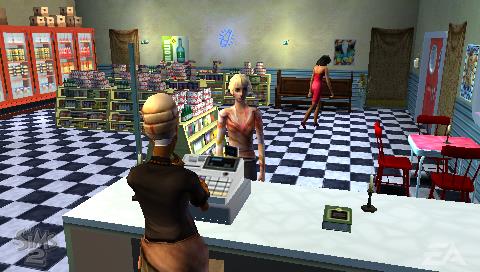
A new sign of life
Three neighborhoods were available to choose from in The Sims 2: Pleasantview, Strangetown and Veronaville, a town that was inspired by Shakespeare’s ‘Romeo and Juliet’, and they all held unique stories, characters, aliens and elements that the original game could not offer.
Pleasantview’s opening cinematic left us itching to settle into our new neighbourhood. Stories took place 25 years after the original, with developers offering an abridged version of events that had occurred, introducing new families with complex backstories and referencing some original families from the first game. The Goth family and their mysteries are arguably the most notable in Sims history; will we ever know the truth about Bella Goth?
Meanwhile, Maxis introduced a brand new set of expansion packs for The Sims 2 and witnessed the birth of themed ‘Stuff Packs’. Previous players felt that some expansions ran parallel to ones for The Sims. While packs like Pets and Bon Voyage almost mirrored Unleashed and On Holiday, The Sims 2: University introduced another life stage.
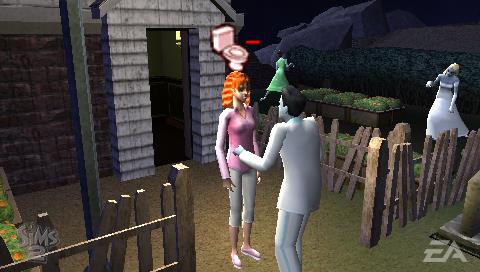
The expansion allowed your teens to blossom into young adults as they had a taste of college life, while Seasons allowed you to customise the weather in your neighborhood. If you want it to snow all year round, so be it. Having interchangeable seasons added another layer of immersion to the franchise, others such as The Sims 2: Nightlife allowed your city slickers to drive their very own vehicles... however it also gave us vampires.
More packs led to more music; with the score and music from Jerry Martin, Marc Russo and countless others being such a hit in the first games, The Sims 2 featured popular artists covering their own songs in Simlish. Paramore, The Pussycat Dolls and Lily Allen were some of the first artists to do so, and this has become a regular occurrence in future games.
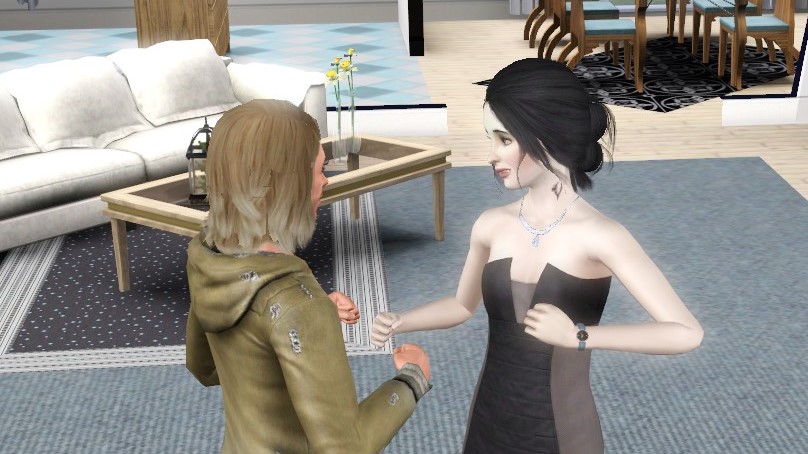
Where to next?
2009 saw the departure of original co-creator Will Wright and, just five years after The Sims 2 base game was released, The Sims 3 hit shelves and reignited the love for the franchise once more. This iteration pushed the goalposts even further with only one loading screen on initial start up. Your Sim could now leisurely walk to a neighbour’s house with no waiting; unlike the grey wasteland from The Sims’ original release, you’d have the ability to see every piece of scenery around you.
The backstories of The Sims’ residents took a different turn this time around as the game took you back in time. We were able to see the iconic character’s origin stories, with The Sims 3’s lore serving as the true origin story for the franchise.
A new feature that caused a stir amongst the community was the use of Rabbit Holes. These types of lots would differ from your average lot, as Rabbit Holes typically were incredibly large buildings that your Sims could perform certain activities in, yet you were unable to see just what they’d get up to inside.
Many fans became divided on this topic; it felt confusing as to why Maxis made the decision to take this view away from players, and made it feel as though they were trying to save time and energy in not allowing us to see what our Sims were up to.

Same old, same old
In 2014, The Sims 4 arrived. This era has become the longest running in Sims history and the phase with most downloadable content to date, with a whopping total of 43 packs.
Throughout the franchise, there has often been criticism of why the expansion packs across the series have felt so similar and their content regurgitated. Over the years, many have questioned why basic features cannot be introduced as a base game standard, making players feel that recent iterations of the beloved franchise have been just another cash grab.
This game appeared to be met with the most criticism so far, as many felt that this generation took away previous features from The Sims 3, rather than adding more from the get-go.
Neighborhoods were now cartoon-like, removing its 3D vistas and not allowing players to pan around their chosen cities like they had before. Lots were now the only 3D features on the map, with each neighborhood offering minimal empty lots for players to build on without destroying pre-built locations. Expansions offered new worlds, yet none were as vast as those in previous games.
The Sims 4 has divided players around the globe; building appears to have overshadowed playing in Live Mode, however it could be argued that players that have grown up with the franchise have altered their interests, potentially due to age. Even 21 years later, we’re still trying to achieve that dream home; but let’s face it, Simoleons are far easier to part with in game, than in reality.
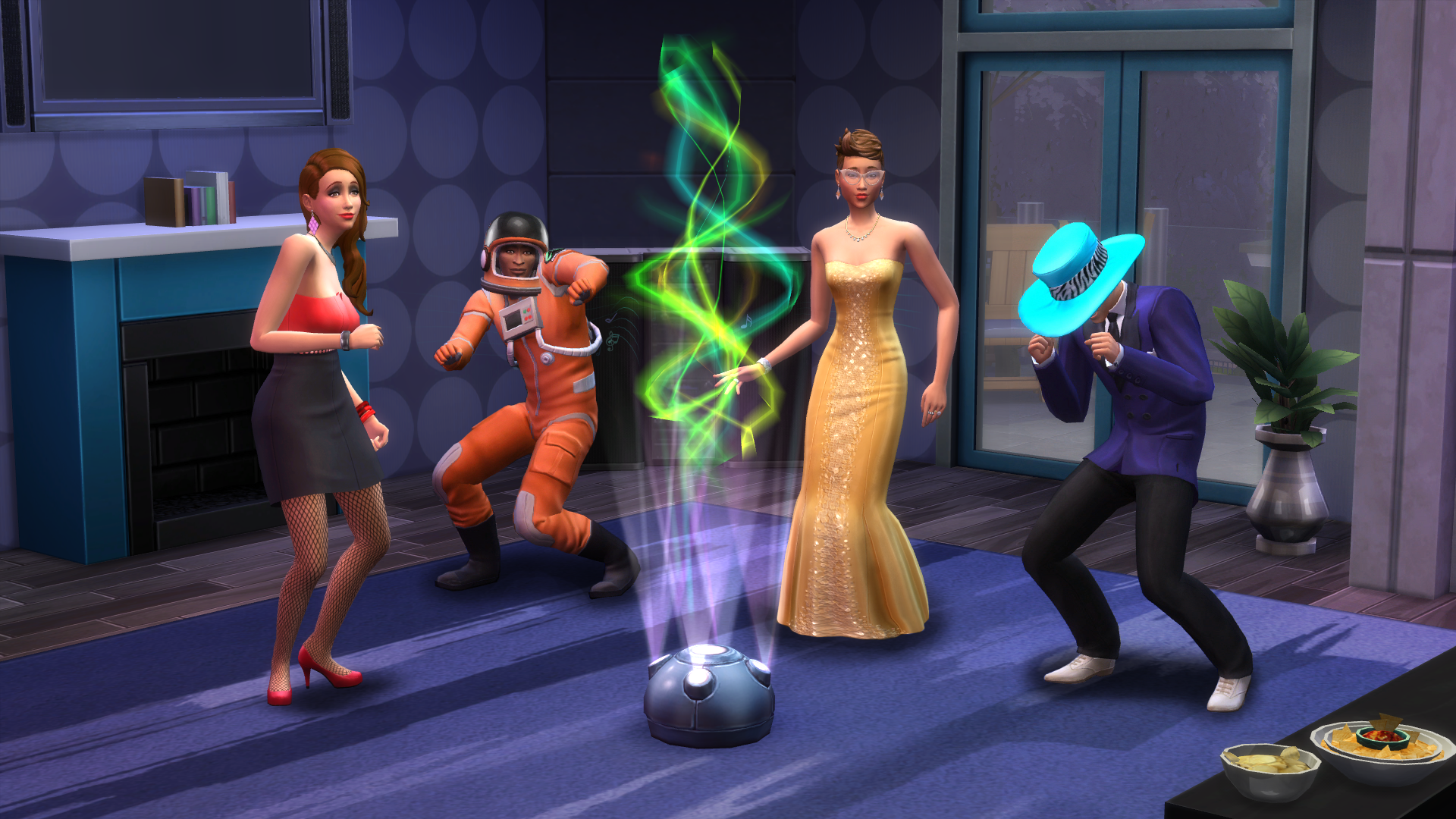
What the future holds
The Sims 5 has been teased for years, however it’s unclear where the franchise will head next. Developers have hinted that a game is in the works and the possibility of an online multiplayer option could be included, yet the question amongst Simmers remains: where do we go from here?
With the latest expansion, Cottage Living, released in July, bug fixes and new, yet long overdue, updates regarding the whitewashing of many characters, The Sims 4 doesn’t seem to be dovetailing off any time soon.
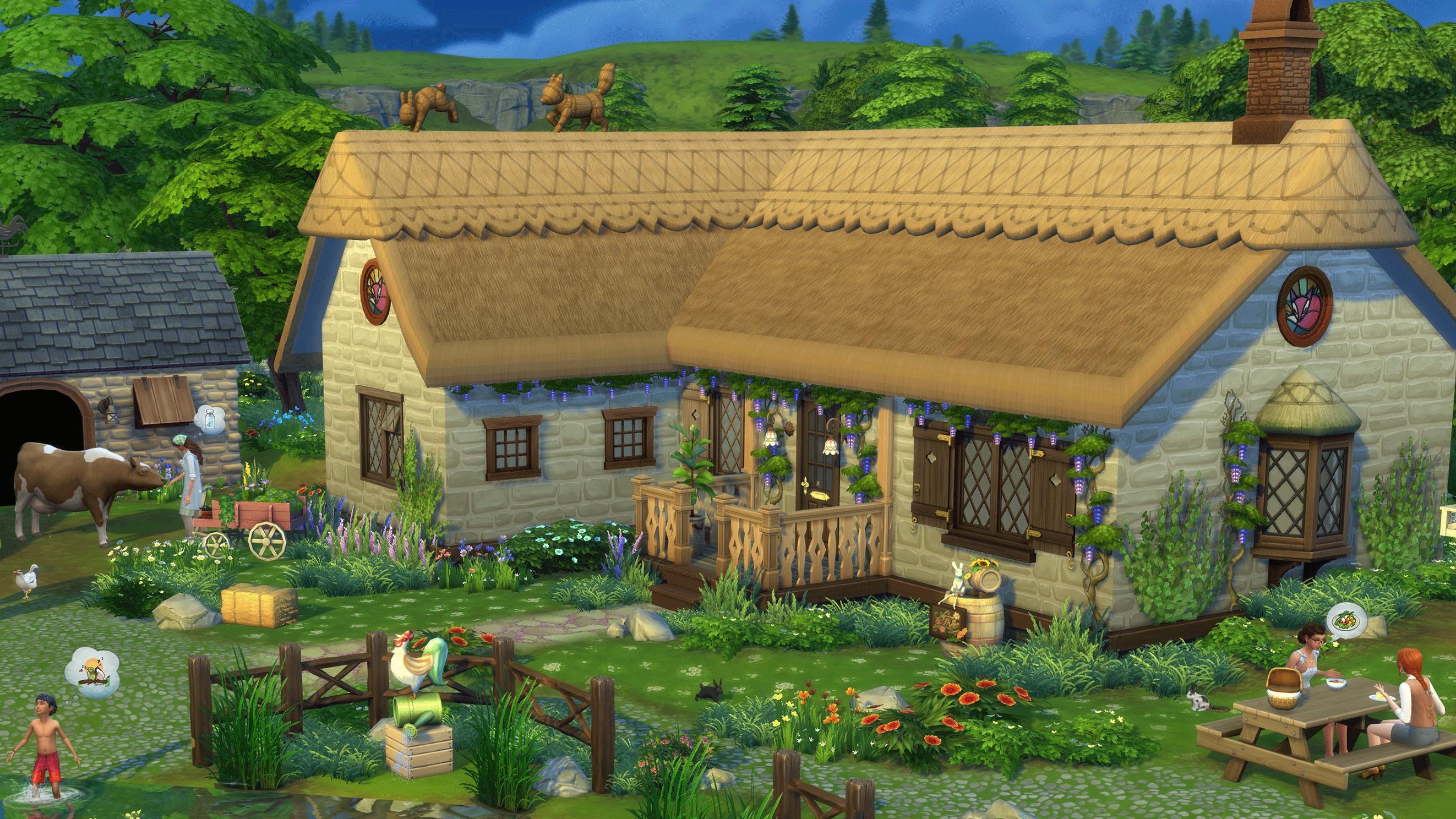
Thousands of us have been hoping for The Sims and its original expansions to come to Origin; we got our hopes up on the 20th anniversary and were given an in-game hot tub - so we’re not holding our breath for the 25th, that’s for sure.
Present day, we’re unsure of where The Sims 5 may take us; we can only hope for more base game inclusions such as weather, pets and driveable cars once again. One thing is for certain, however; there will never be another franchise quite like it.
- Welcome to TechRadar’s PC Gaming Week 2021, our celebration of the greatest gaming platform on Earth. Despite the global pandemic and ongoing GPU shortages, PC gaming has never been more vibrant and exciting, and throughout the week we’ll be reflecting this with a selection of in-depth articles, interviews and essential buying guides.
Vic is a talented freelance writer based in the UK, where her love for The Sims, Tomb Raider and other franchises shine. When she's not editing an episode of her podcast and away from her keyboard, you can typically find Vic admiring her Tomb Raider collection or talking about Lara Croft.
